 |
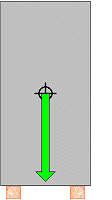 |
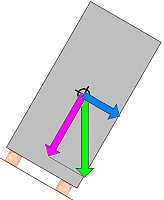 |
The stability of packages will depend on the position of the center of gravity and the load bearing area. Gravitational forces act on the center of gravity. These act vertically and downwards. On a steep incline, the gravitational force is divided into two components: one acting vertically to the plane and one in the direction of the slope, the shear force. Each of these forces acts on the center of gravity.
 |
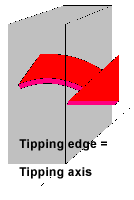 |
Inertia forces arising as a result of a change in speed or direction within a given time period will also act on the center of gravity. They may cause packages to slide or topple.
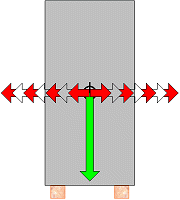 |
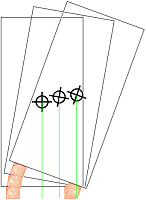 |
|
| Horizontal forces and gravitation |
Tipping goods |
When an object tips, the center of gravity is raised. If the center of gravity remains within the tilting edges, the package will return to its normal position, as soon as external forces cease to act on it.
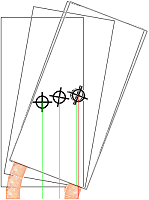 |
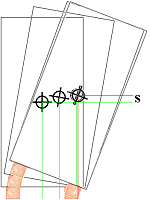 |
|
| Unstable position | Lever arm of the stability moment |
If the center of gravity of an object is located directly over the tilting edge, the package is unstable. The degree to which the center of gravity must be raised before it reaches that position is a measure of the stability of the object. The product of the weight of the object and this distance gives the stability moment.
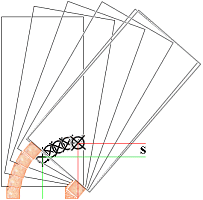 |
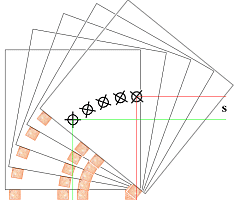 |
|
| Large stability moment | Larger stability moment |
The lower the center of gravity, or the greater the lower surface area of the package, the greater the stability moment.
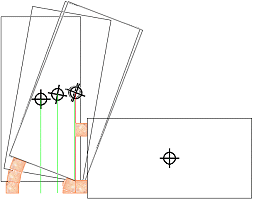 |
Toppling |
If the center of gravity moves beyond the tilting edge then the package will topple.
A number of different methods can be used to prevent tipping.
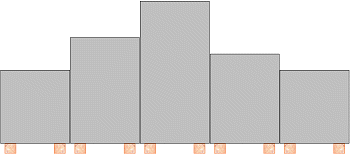 Combining a number of units that are liable to tip to form a single block |
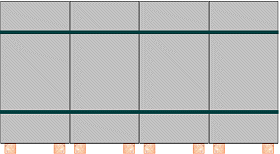 |
Bundling |
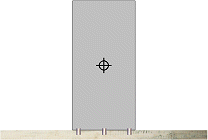 |
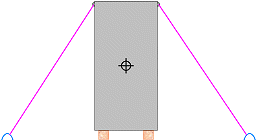 |
|
Increasing the lower surface area by using blocks or lashings |
||
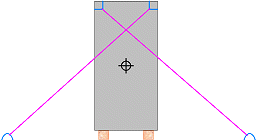 |
Lashing with head loops in the absence of lashing points |
Caution: When using this method, the opposing forces created are not as high as those sketched previously.
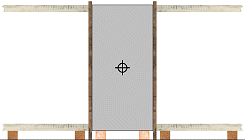 |
Using bracing elements to prevent tipping |
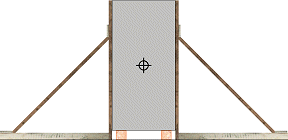 |
Using diagonal stays to prevent tipping |
Caution! This method is recommended in a number of publications, including the CTU guidelines. Be warned. Our tests have shown that the uprights can be levered out of position. The steeper the angle, the greater the risk.
The packing and formation of load units is responsible for protecting against shifting or racking:
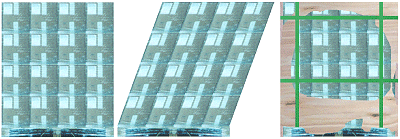 |
|
| Shifting or racking |
Improvements must be made if packages or unit loads are clearly too weak. This may be done using walking boards, wooden lattices etc. and additional strapping.
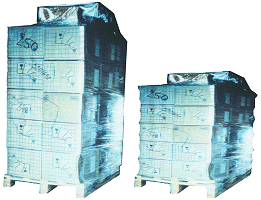 |
A collapsed unit load | |||
| Before | - | After | ||
The collapse of an entire unit load as a result of packaging that is not strong enough and/or excessive stack loads can be avoided by selecting out or rejecting packaging that is not strong enough, by improving the packaging, employing sufficient interlayer dunnage and by building "dummy decks".